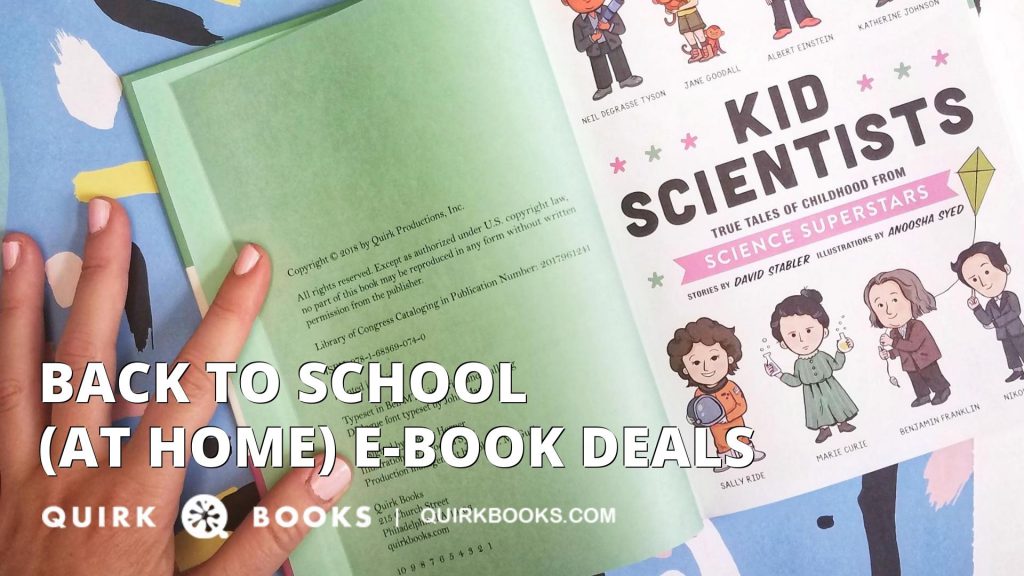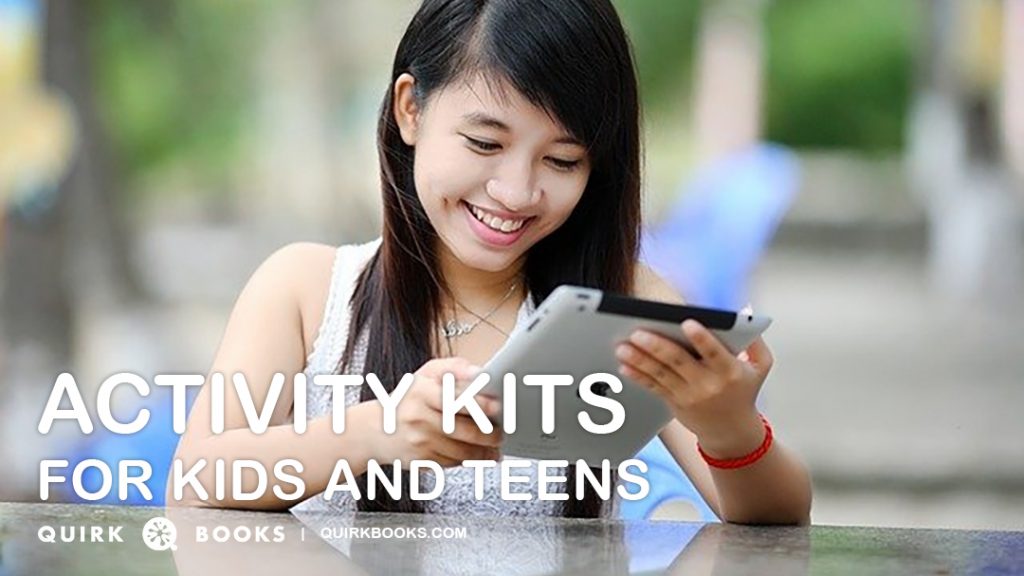How To Con Your Kid: Get Your Kid To Share
Are the kids in the room? Can you read this without being disturbed?
This is info your kids don’t want you to know. From How To Con Your Kid, here are a few pointers on how to pull a fast one over on the little ones.

The Con: Get Your Kid To Share
From How To Con Your Kid by David Borgenicht and James Grace
We tell children to share as if it were the most natural thing in the world. But if sharing were so natural, wouldn’t the world be a different place? It is therefore highly unrealistic to think that a toddler will, of her own free will, share her possessions on a regular basis. A child must believe that sharing is expected, necessary, and even beneficial. Parents must be the ones to set the good example.
Laying the Groundwork
Read lots of stories about sharing to your child. Make up some of your own. Acknowledge that it is often hard to share but that sharing brings intrinsic rewards (praise by parents, fun with friends, etc.)
Whenever possible, have multiples of things (two similar trucks, two pens, two pads of paper, two dolls).
Hype it up whenever your child does share. Praise, praise, praise. Though your child should know this is expected behavior, she should feel good about it.
Basic Cons
If a playmate is coming over, put away all “special toys.” Ask your child which toys will be just too hard to share and honor her decision. Stow them in a closet and assure your child that her playmate will have no access. This sets the stage for informing your child in no uncertain terms that you expect that she will share everything else. This is a “speak now or forever hold your peace” situation.
Never let your child take an item to school or to a friend’s house that she isn’t willing to share.
Although children don’t easily grasp the concept of sharing, they can easily understand “taking turns.” “First, Sydney gets to play with the guitar—then it’s your turn.”
Trick your child into “trading,” which is really the same as cross-kid sharing: “Why don’t you trade for a while? You can play with the magic wand for now, and Avery can play with the fire engine.”
Have at your disposal a sheet of stickers or a “cool” stamp. Tell your child and her playmates that you are the “Sharing Fairy.” When you see someone sharing, that person will get a sticker or a stamp to show everyone what a good job he or she is doing.
Short Cons
“Should your friend get the first turn with the blocks or the dolls?”
“What toys do you want to take to Cooper’s house to share today?”
“Do you want to give Jonah a turn on the bike now or in a few minutes?”
If They’re On to You
Validate your child’s feelings—“I can see by the look on your face that you are upset. It is really hard to share, and it can be really frustrating.”
Identify the problem—“it looks like you both want the yellow truck, but Jane had it first.”
Give two choices (unless they are older and can come up with a variety on their own)—“We could take turns. First Sophie can have the truck and Max can play with the police car, and then you could switch. Or Sophie could play with the police car while Max plays with the truck, and then you could switch.”
If the children simply can’t share a toy, remove it and encourage the children to play with the other toys. If one child is the problem, yanking a toy away from someone else repeatedly, she should be removed from the situation. It isn’t pretty, but it does work.
—
Eric Smith

ERIC SMITH is the cofounder of Geekadelphia, a popular blog covering all-that-is-geek in the City of Brotherly Love, as well as the Philadelphia Geek Awards, an annual awards show held at the Academy of Natural Sciences. He’s written for the Philadelphia Inquirer, Philadelphia Weekly, and Philly.com





